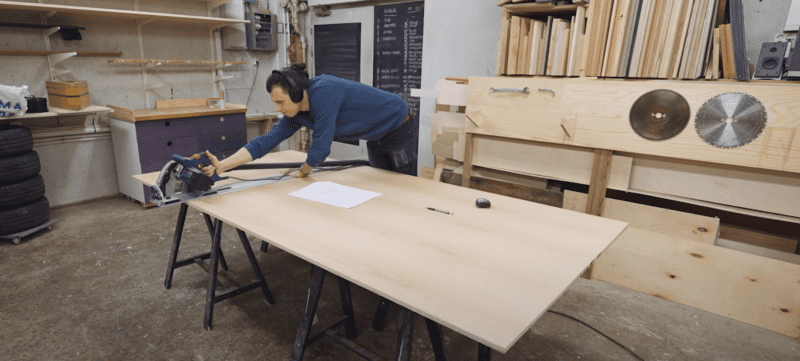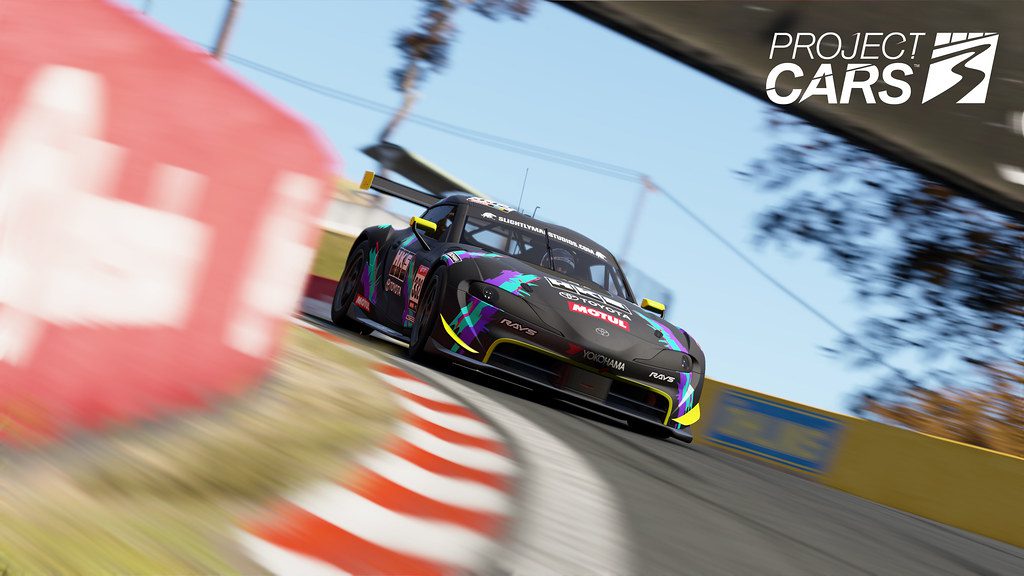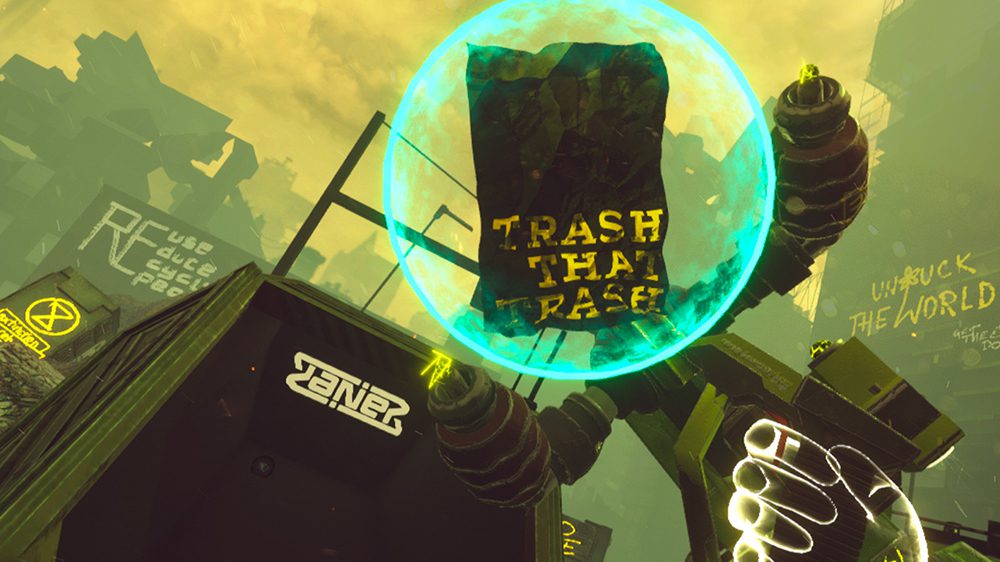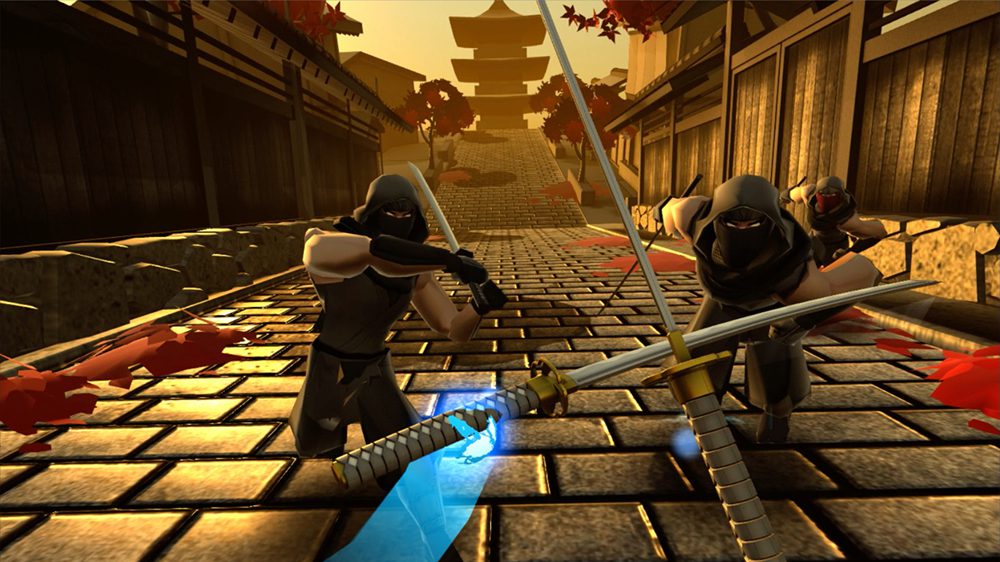Kategorie: Arcade
-

Hide a huge arcade machine in plain sight with Raspberry Pi
Reading Time: 3 minutesProblem: I really want an arcade machine at home, but I don’t have the space for it. Solution: Build Alexandre Chappel’s giant two-player machine, which is sleek and hidden in plain sight on your wall. [youtube https://www.youtube.com/watch?v=OB8VauGEvqg?feature=oembed&w=500&h=281] Subscribe to Alexandre’s YouTube channel Alexandre’s goal was to build something that looks like an…
-

Project CARS 3 Preview – So viel Arcade steckt im Sim
Reading Time: 5 minutesEs gibt zahlreiche Rennspiele, Rennsimulationen und Games, die irgendwo dazwischen liegen. Aber Project CARS 3 ist anders. Warum das so ist und wieso der dritte Ableger mir echt Spaß gemacht hat, verrate ich euch in meiner Preview. Ihr kennt das bestimmt: Wenn ein MMO oder Rollenspiel einen gut durchdachten, sehr detaillierten Charakter-Editor…
-

Clean up the planet with awesome robot arms in Trash Rage from Giant Lazer
Reading Time: 8 minutesVR has the power to educate as well as entertain, but designing experiences that do both successfully is easier said than done. Luckily, the team over at Giant Lazer were more than up to the task when they created the sci-fi arcade experience Trash Rage. Tasked with cleaning up a planet ravaged…
-

Become a virtual shinobi in the fast paced action experience Ninja Legends
Reading Time: 8 minutesNinjas are awesome. Silently moving through the shadows, they struck with precision and skill to take out their targets. From over-the-top action films, to Saturday morning cartoon heroes in the form of mutant turtles, we’ve always had a fascination with these stealthy assassins. The creative team behind recent Viveport Infinity release Ninja…
-

SUPERHOT VR Gets An Arcade Upgrade
Reading Time: 4 minutesBlurring the lines between cautious strategy and unbridled mayhem, combined with the latest points-earning and quality of life features, SUPERHOT VR: Arcade Edition is the critically acclaimed VR experience revamped, remixed and specifically crafted for VR arcade and LBE use. [youtube https://www.youtube.com/watch?v=rHjWDgh4E-8?feature=oembed&wmode=opaque&w=730&h=411] Months of design, development and testing have ensured that SUPERHOT VR: Arcade Edition…





